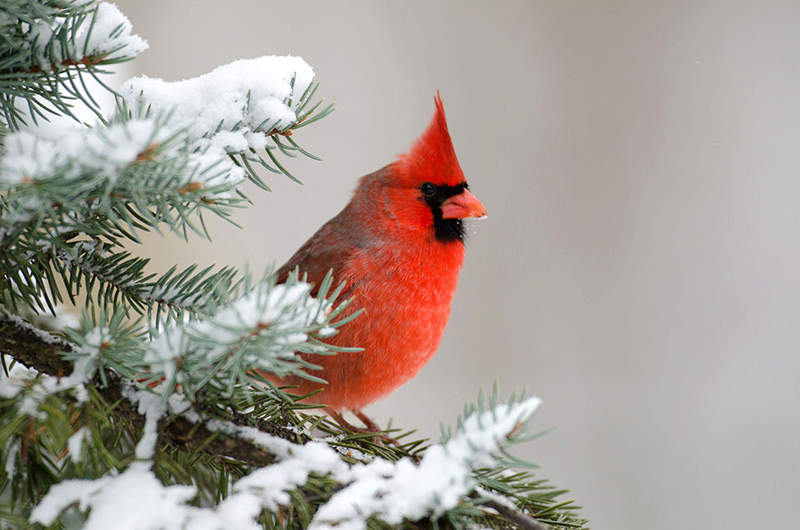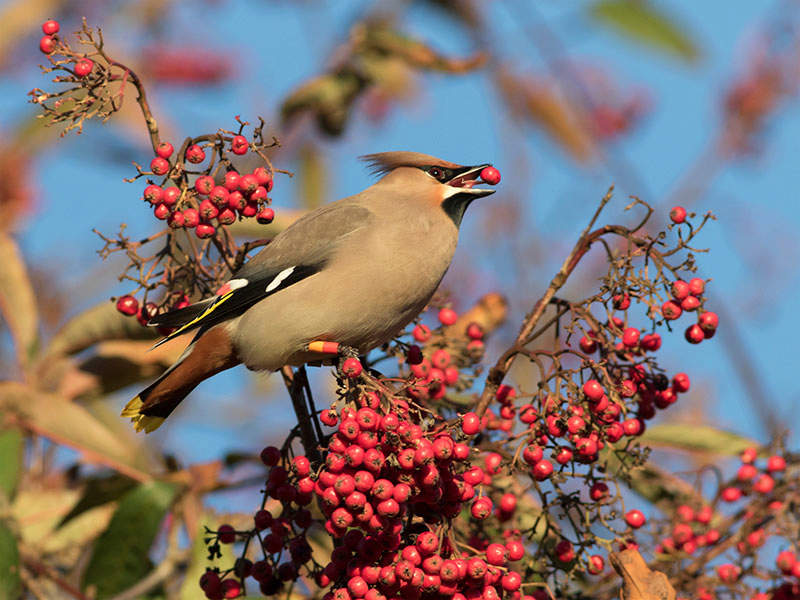Plants Providing Shelter and Nesting
Late winter may be the right time to set out next boxes or to make sure that those from the previous year are clean and safe. Many birds and other critters use these boxes for sleeping in year-round. Autumn is a fine time to set out bird houses to provide nighttime shelter for chickadees, nuthatches, woodpeckers, and other birds.

Is there a difference between a nest box and a roost box? Yes! Roosting boxes differ from nest boxes in several important ways:
- A good roost box is designed to prevent the birds’ body heat from escaping, so, unlike a nest box, it lacks ventilation holes. Also, its entrance hole is near the bottom of the box so the rising warmth doesn’t escape.
- Inside a roost box there are several perches made from small wooden dowels, staggered at different levels. In addition, the inside front and rear walls are roughened, scored, or covered with hardware cloth so that birds can cling to them. A hinged top allows easy access so you can clean the box.
- An entrance hole about 2 inches in diameter will admit most small birds, but to exclude aggressive starlings reduce the opening to about 1 1/2 inches. Larger woodland birds, such as flickers and screech-owls, need a 3-inch entrance hole.

Shrubs provide natural food, shelter, and nesting sites for birds, and autumn is a great time to plant some of them. The wisest choices are plants that are native to your area. Some local and state gardening and birding clubs and county extension offices provide brochures and excellent advice for plants right for your area.





